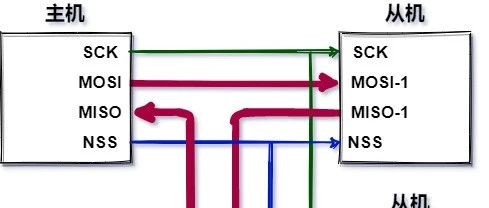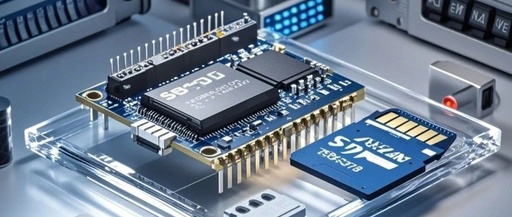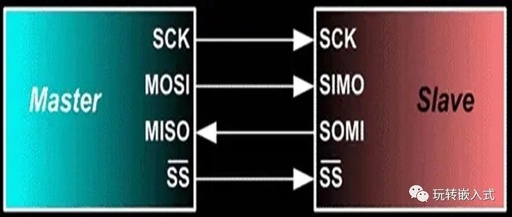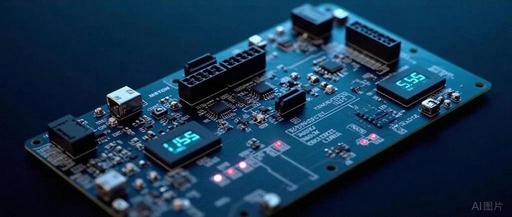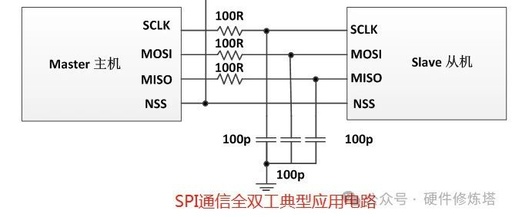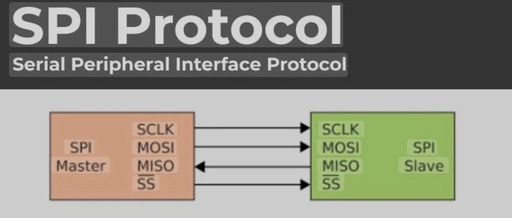An Introduction to SPI
SPI (Serial Peripheral Interface) is a synchronous serial communication protocol widely used in embedded systems and peripheral communication. SPI follows a one-master, multiple-slave communication method. Based on its operating modes and extended functionalities, SPI can be categorized into the following types based on hardware connection methods: 1. Standard SPI, commonly referred to as SPI, it … Read more
